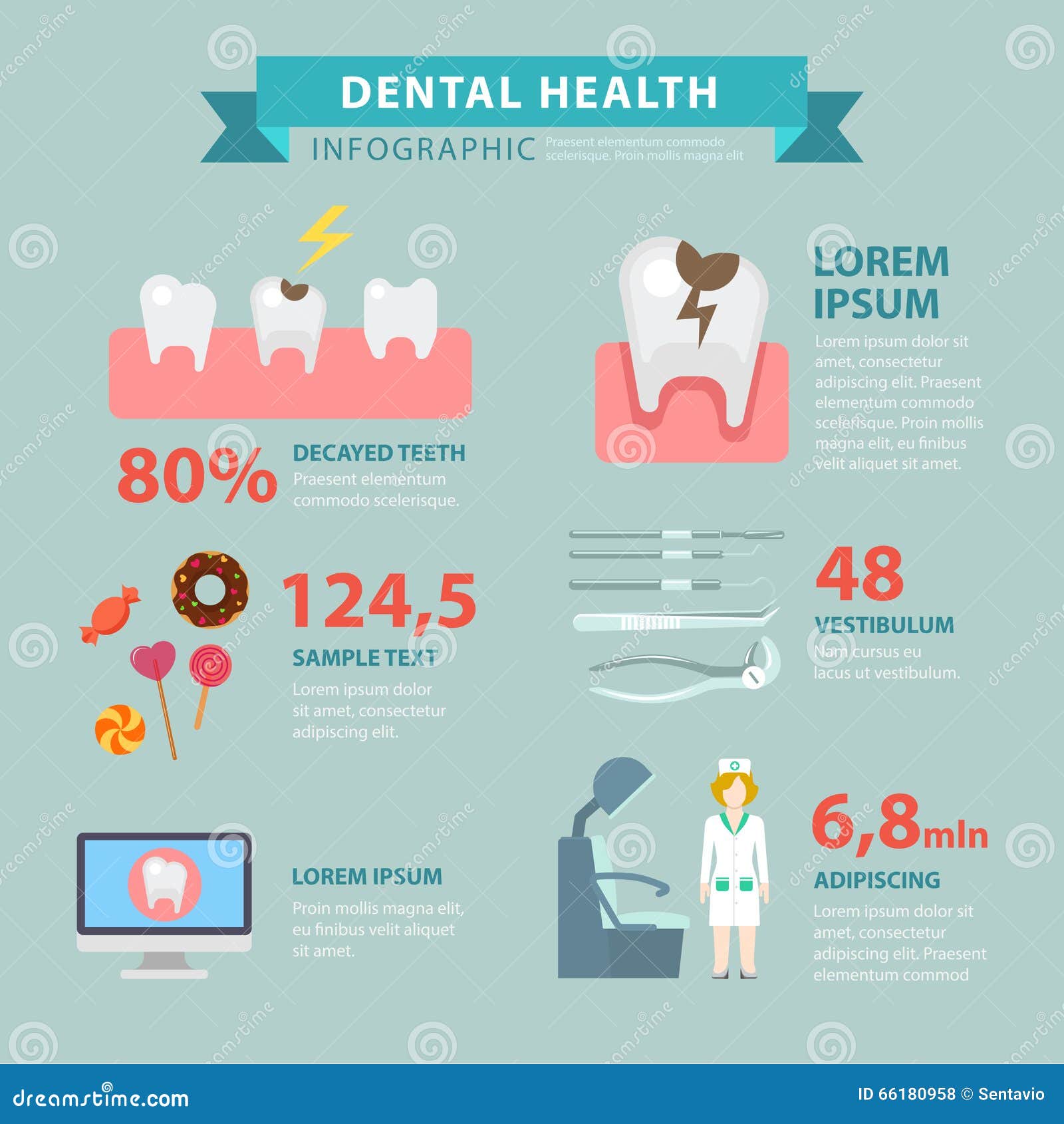Investigate The Innovative Developments That Are Transforming Dental Surgery. Discover What The Future Holds For This Field And Maintain On Your Own Informed. Click Currently For A Special View Of Upcoming Improvements
Investigate The Innovative Developments That Are Transforming Dental Surgery. Discover What The Future Holds For This Field And Maintain On Your Own Informed. Click Currently For A Special View Of Upcoming Improvements
Blog Article
Post Developed By-Reeves Terrell
Invite to the globe of dental surgery, where advancements and developments are shaping the future of the area! In this amazing world, you'll witness the transformative power of robotics, the innovative wonder of 3D printing, and the game-changing influence of minimally intrusive methods.
The future of dental surgery holds an assurance of precision, efficiency, and enhanced client end results. With the help of sophisticated robotics, specialists have the ability to do complex procedures with higher accuracy and control.
3D printing innovation is revolutionizing the production of dental implants and prosthetics, offering tailored services that fit seamlessly right into each patient's special anatomy.
In addition, minimally intrusive strategies are lowering post-operative discomfort and recuperation time, permitting patients to return to their daily lives earlier.
Prepare to discover the exciting technologies and advances that are improving the landscape of dental surgery!
Developments in Robotics
One significant development in dental surgery is using robot innovation, which permits exact and efficient procedures. With the help of robotic systems, oral surgeons have the capability to perform complex surgical treatments with enhanced accuracy, reducing the risk of human error.
These robot systems are outfitted with sophisticated imaging innovation and specific tools that enable surgeons to browse through elaborate physiological frameworks effortlessly. By using link web page , surgeons can attain better medical precision, resulting in enhanced patient results and faster recuperation times.
On top of that, the use of robotics in dental surgery permits minimally intrusive treatments, reducing the injury to bordering tissues and advertising faster healing.
3D Printing in Oral Surgery
To enhance the area of dental surgery, you can discover the subtopic of 3D printing in dental surgery. This cutting-edge innovation has the potential to change the method dental specialists run and deal with individuals. Right here are 4 key ways in which 3D printing is shaping the area:
- ** Custom-made Surgical Guides **: 3D printing allows for the creation of extremely accurate and patient-specific medical overviews, improving the accuracy and efficiency of procedures.
- ** Implant Prosthetics **: With 3D printing, oral doctors can create customized implant prosthetics that perfectly fit a client's one-of-a-kind composition, resulting in far better outcomes and patient satisfaction.
- ** Bone Grafting **: 3D printing makes it possible for the production of patient-specific bone grafts, lowering the requirement for traditional grafting strategies and enhancing healing and recovery time.
- ** Education and Educating **: 3D printing can be used to develop practical medical designs for instructional purposes, allowing oral surgeons to practice complex procedures before performing them on people.
With https://annapolisoralsurgery47405.is-blog.com/39479356/preventative-dentistry-is-essential-for-your-youngster-s-oral-wellness-find-the-crucial-steps-you-can-take-to-ensure-their-bright-healthy-and-balanced-smile-withstands to enhance accuracy, personalization, and training, 3D printing is an exciting development in the field of oral surgery.
Minimally Intrusive Strategies
To better advance the area of dental surgery, accept the possibility of minimally intrusive methods that can greatly profit both cosmetic surgeons and people alike.
Minimally invasive techniques are reinventing the field by lowering surgical trauma, decreasing post-operative pain, and increasing the recovery procedure. These strategies include using smaller incisions and specialized tools to carry out treatments with precision and efficiency.
By making use of sophisticated imaging technology, such as cone beam computed tomography (CBCT), specialists can accurately prepare and execute surgical treatments with marginal invasiveness.
Additionally, using lasers in oral surgery allows for specific tissue cutting and coagulation, leading to minimized blood loss and reduced recovery time.
With minimally invasive strategies, clients can experience much faster healing, decreased scarring, and boosted outcomes, making it an important aspect of the future of oral surgery.
Final thought
So, as you can see, the future of oral surgery is incredibly promising, with amazing innovations and advancements shaping the area.
From the developments in robotics to the use of 3D printing and minimally intrusive techniques, dental cosmetic surgeons are revolutionizing the method they offer treatment.
While some may fret about the prospective price associated with these improvements, it's important to keep in mind that these technologies eventually boost client end results and reduce recuperation time, making them well worth the financial investment in the future.
